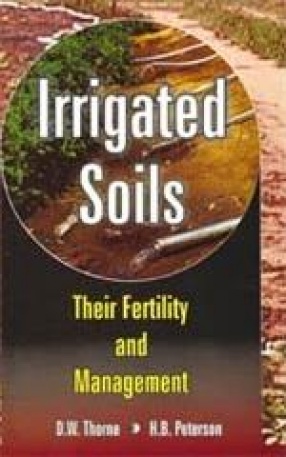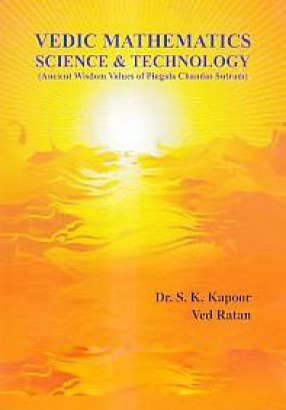Most of the arable soils of humid temperate areas are now employed for crop production. With an ever-increasing population, the world is again rapidly turning to the further development of irrigation in the semi-arid and arid lands which comprise over half of the earth’s land surface. Today more than half of the world’s population is dependent on food produced under irrigation. Authors have kept constantly in mind the idea of integrated plants which will give maximum production on irrigated farms. In this approach, discussion of such topics as soil water relations, salt, alkali, soil physical properties, organic matter, crop rotations, fertilizers, and irrigation practice have been directed toward recognizing the solving practical farm problems. The emphasis on farm planning throughout the book has been brought to a final conclusion with a new chapter on planning the irrigated farm. The recent rapid expansion of irrigation in humid regions at first thought seems to justify special treatment. But further consideration indicates that the same fundamental principles are involved wherever irrigation is practiced, whether in arid or humid areas. The salt problem seldom occurs in humid regions and liming must be practiced, but still the underlying principles of irrigation agriculture are the same. In preparing the manuscript the authors have south to emphasize fundamental principles that underlie soil management practices. Emphasis is on basic principles rather than on field practices. The general approach is to present first the fundamental principles and second the applications of the principles in solving individual problems. The authors sought to bring together viewpoints from different fields of investigation and to harmonize them into an integrated presentation. For example, in soil moisture studies, soil scientists have customarily dealt in terms of physical stresses exerted on moisture by capillary "pull" and adsorption by soil particles; Plant physiologists have been concerned with osmotic stress value resulting from salts dissolved in soil or culture solutions. In irrigation agriculture, both concepts are vitally important and are presented as a unified principle that must be evaluated in estimating the water relations of plants in irrigated soils. This book will be useful in college dealing with irrigation and the management of irrigated soils, but also as a reference guide to those giving technical advice to farmers on the management of irrigated soils.
Irrigated Soils: Their Fertility and Management
In stock
Free & Quick Delivery Worldwide
reviews
Bibliographic information
Title
Irrigated Soils: Their Fertility and Management
Author
Edition
2nd ed.
Publisher
ISBN
8176221120
Length
xii+392p., 78 Figures; Tables; Glossary; Appendix; Index; 23cm.
Subjects





There are no reviews yet.